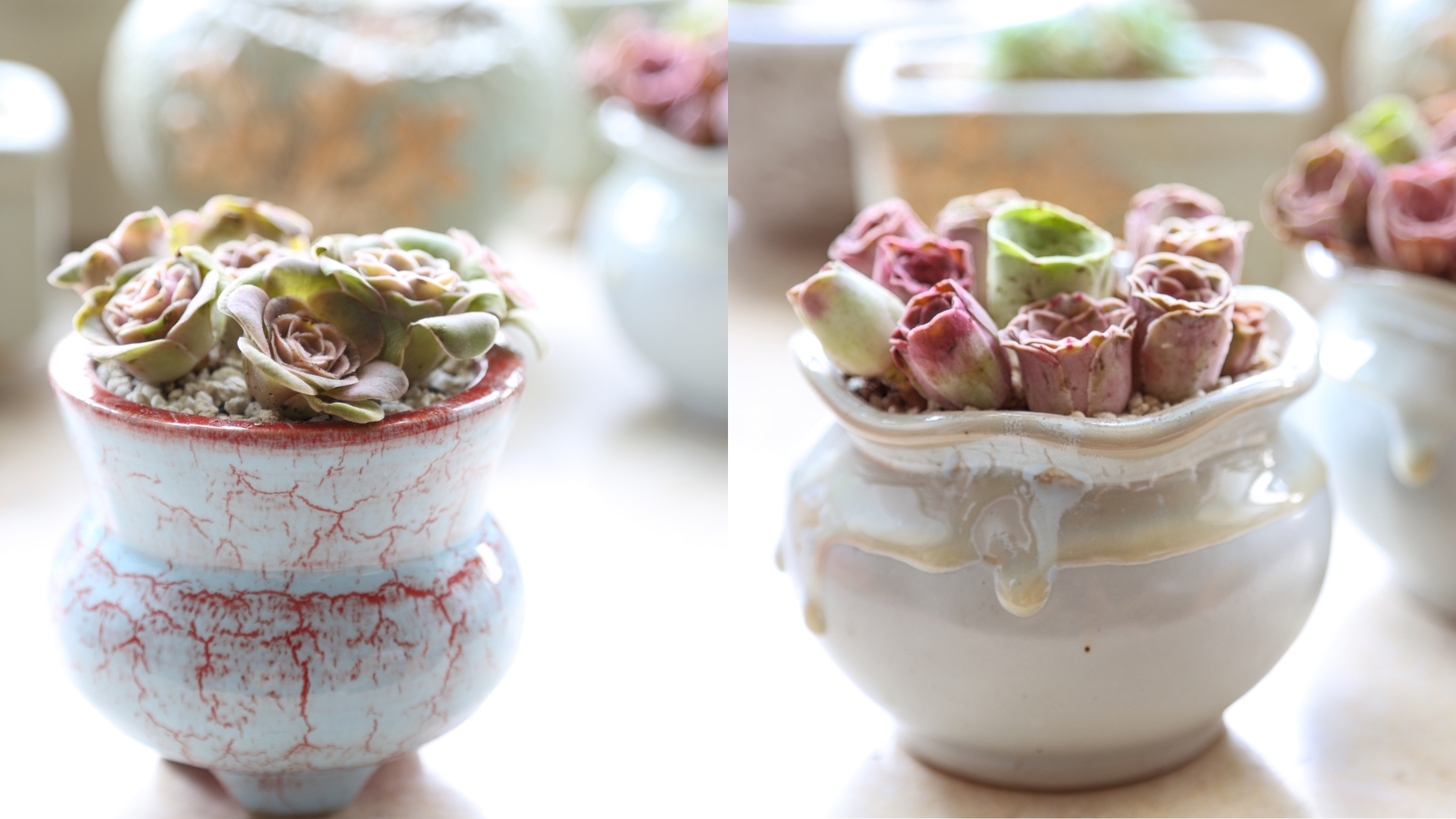Succulents are popular plants known for their unique shapes and easy plant care. There are a lot of varieties with different shapes and sizes, and the majority of them can adapt to growing indoors.
On the other hand, roses are one of the most beautiful flowers in the world. However, growing them indoors often ends badly. But did you know that there’s a special succulent variety that looks exactly like a rose flower?
That’s right, now you can have the best of both worlds: a low-maintenance plant that takes your breath away!
Keep reading and find out the exact name of the cultivar, what it looks like, and how to take care of it.
Greenovia Dodrentalis
Succulent rose, scientifically known as Greenovia dodrentalis, is a tiny succulent plant with round petals layered in a symmetrical way that resembles a blooming rose.
They grow in clumps that don’t surpass 15 cm in height. Just imagine a container filled with clumps of little roses!
Native to the Canary islands, this rose-shaped succulent is a delightful addition to any plant collection. It blooms frequently and enjoys a sunny location.
While it might look like a rose, Greenovia is a succulent like any other, and should be treated that way. Give them little water and sunshine in order to grow and thrive.
You might also like: How To Grow And Care For Desert Rose Succulents
Hens-and-Chicks
Echeveria flowers are another type of succulent that look like roses. Hens-and-chicks succulents produce so-called “chicks”, which are small offsets that look exactly like the mother plant (hen).
These two plants belong to the genera Echeveria and Sempervivum.
Echeveria elegans is known for its flower-shaped rosettes and cup-shaped flowers that bloom each year. Sempervivum also produces rosettes, but their leaves are somewhat pointier than the Echeveria.
Sempervivum also produces tiny flowers that are star-shaped. There are many varieties of both plants, so collecting them is a fun and interesting experience!
These plants also have similar needs – let the soil dry out before watering them again and keep them in bright light near a window. Don’t overwater them as these plants are prone to root rot.
Use potting soil suitable for cacti and succulents, but also grow them in pots with drainage holes to provide proper drainage.
Related: Hen And Chick Plant Dying? Signs, Reasons, & Solutions



